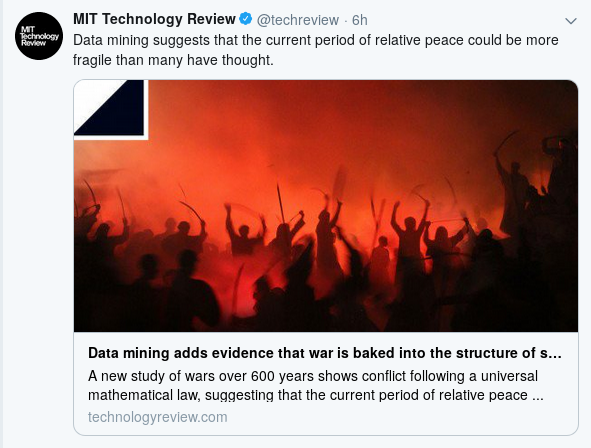What The Hell Happened (WTHH)
From the homepage:
Every progressive remembers waking up on November 9th, 2016. The question on everyone’s mind was… “What the hell happened?”
Pundits were quick to blame “identity politics” for Clinton’s loss. Recent research suggests this framing may have led voters to be less supportive of women candidates and candidates of color.
That’s why we’re introducing the What The Hell Happened Project, where we will work with academics, practitioners and advocates to explain the 2018 election from beginning to end.
Let’s cut to the data:
This survey is based on 3,215 interviews of registered voters conducted by YouGov. The sample was weighted according to age, sex, race, education, urban/rural status, partisanship, marital status, and Census region to be nationally representative of 2018 voters according to Catalist, and to a post-election correction consisting of the national two-party vote share. Respondents were selected from YouGov and other opt-in panels to be representative of registered voters. The weights range from 0.28 to 4.6, with a mean of 1 and a standard deviation of 0.53.
The survey dataset includes measures of political participation such as activism, group consciousness, and vote choice. It also includes measures of interest including items from a hostile sexism battery, racial resentment, fear of demographic change, fear of cultural change, and a variety of policy positions. It includes a rich demographic battery of items like age, race, ethnicity, sex, party identification, income, education, and US state. Please see the attached codebook for a full description and coding of the variables in this survey, as well as the toplines for breakdowns of some of the key variables.
The dataset also includes recodes to scale the hostile sexism items to a 0-1 scale of hostile sexism, the racial animus items to a 0-1 scale of racial animus, and the demographic change items to a 0-1 scale of fear of demographic change. See the codebook for more details. We created a two-way vote choice variable to capture Democrat/Republican voting by imputing the vote choice of undecided respondents based on a Catalist partisanship model for those respondents, who comprised about 5% of the sample.
To explore the data we have embedded a Crunchbox, which you can use to easily make crosstabs and charts of the data. Here, you can click around many of the political and demographic items and look around for interesting trends to explore.
If you want a winning candidate in 2020, repeat every morning: Focus on 2020, Focus on 2020.
Your candidate is not running in 2016 or even 2018.
And, your candidate needs better voter data than WTHH offers here.
First, how was the data gathered?
Respondents were selected from YouGov and other opt-in panels to be representative of registered voters.
Yikes! That’s not how professional pollers do surveys. It may be ok for learning analysis tools but not for serious political forecasting.
Second, what manipulation, if any, of the data, has been performed?
The sample was weighted according to age, sex, race, education, urban/rural status, partisanship, marital status, and Census region to be nationally representative of 2018 voters according to Catalist, and to a post-election correction consisting of the national two-party vote share.
Oh. So we don’t know what biases or faults the weighting process may have introduced to the data. Great.
How were the questions constructed and tested?
Don’t know. (Without this step we don’t know what the question may or may not be measuring.)
How many questions were asked? (56)
Fifty-six questions. Really?
In the 1960 presidential campaign, John F. Kennedy’s staff has a matrix of 480 voter types and 52 issue clusters.
Do you see such a matrix coming out of 56 questions? Neither do I.
The WTHH data is interesting in an amateurish sort of way but winning in 2020 requires the latest data gathering and modeling techniques. Not to mention getting voters to the polling places (modeling a solution for registered but non-voting voters would be a real plus). Your Secretary of State should have prior voting behavior records.


